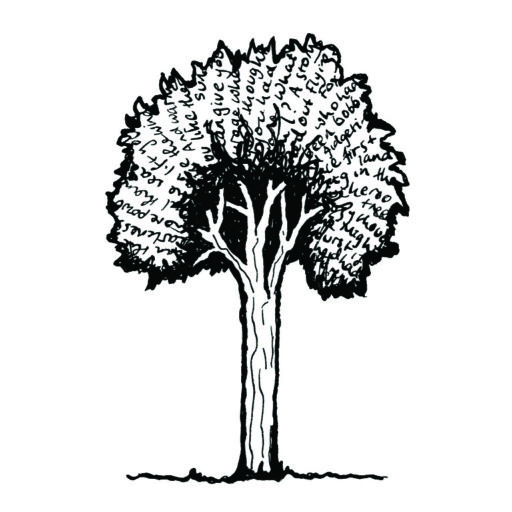‘Tree hollows are animal homes’ is a new series of designs inspired by the relationship between the many Australian animal species that use hollows and the trees that provide them. This first set of 5 designs includes illustrations of 19 animal species that use hollows in the Eucalypt Open Forests of south-eastern Australia. More designs are in preparation that will depict other Australian animal species and forest/woodland types (So if you don’t see your favourite hollow-using animal species here, it will probably appear in upcoming designs).
Bulk orders of the detailed poster design can be arranged by emailing paula.peeters@paperbarkwriter.com Click here for wholesale prices.
All designs are available on posters, prints, tshirts and other goodies from my Redbubble store. See below for direct links to particular designs.
Hundreds of Australian native animal species use tree hollows for shelter and to raise their young. This is one reason why the conservation of trees is so important for the survival of our native animals. The older and larger the tree, the more likely it is to form hollows. Which means that areas of old-growth forest, and even large, old remnant trees in paddocks, roadsides and backyards, tend to be particularly rich in animal homes.
Animal species tend to use certain hollow types, and some animals are more fussy than others. The illustrations in these designs were informed by the advice and published research of the following experts:
Associate Professor Ross Goldingay, Southern Cross University
Professor Philip Gibbons, Australian National University
Melanie Venz, Senior Zoologist, Queensland Herbarium & Biodiversity Science
Daniel Ferguson, Ecologist, Queensland Herbarium & Biodiversity Science
Professor David Watson, Charles Sturt University
All mistakes regarding hollows are my own!
The detailed poster design (below) is also a collaboration with Professor Don Butler, Australian National University, who provided the map and data about the pre-clearing and current extent of Eucalypt Open Forest in Australia.
Thank you to everyone mentioned above, and to Dr Ray Carpenter, for your support and interest in this project.
Here are the designs:

This design includes illustrations of 19 animal species that use hollows in the Eucalypt Open Forests of south-eastern Australia, a map showing the current and pre-clearing extent of this vegetation type, and ecological information and references.

Above: Close-up of poster text and map.
This designs includes illustrations of 13 animal species that use hollows in the Eucalypt Open Forests of south-eastern Australia.
These three designs provide close-up views of the Powerful Owl, Brush-tailed Phascogale, Sugar Glider and their families.
References:
Gibbons, P.P. and D.D. Lindenmayer 2002 Tree hollows and wildlife conservation in Australia. CSIRO Publishing, Australia
Goldingay, R.L. 2009 Wildlife Research 36:394-409
Goldingay, R.L. 2011 Australian Journal of Zoology 59:277-294
Mackowski, C.M. 1984 pp. 553-67 In: Possums and gliders, Smith & Hume (eds).
Morcombe, M. 2003 Field guide to Australian birds. Steve Parish Publishing, Archerfield.
Discover more from Paperbark Writer
Subscribe to get the latest posts sent to your email.




